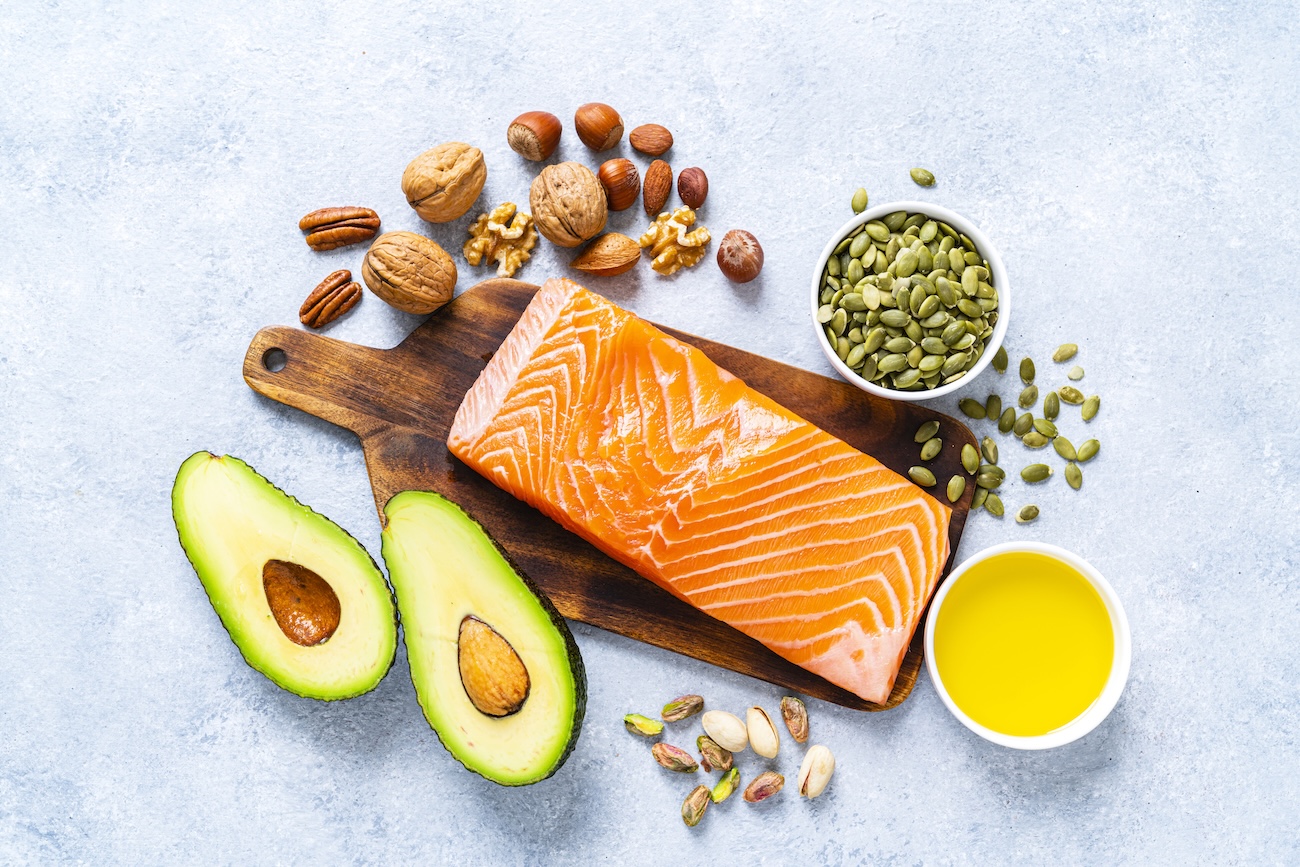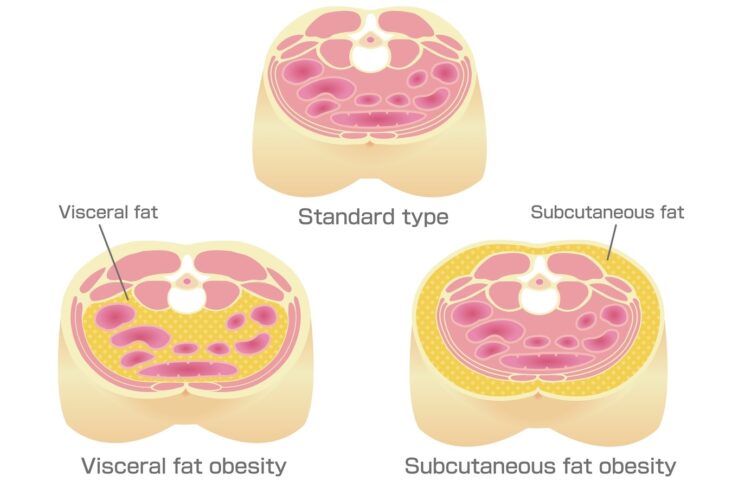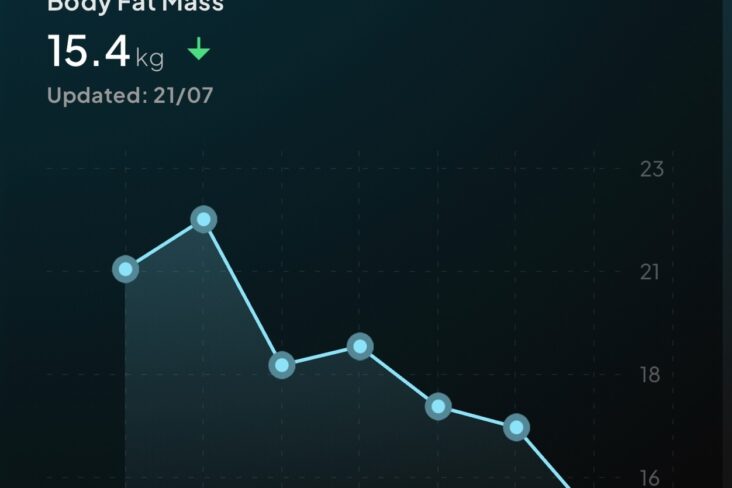
An article written by Dr Edward Leatham, Consultant Cardiologist
Tags: Cholesterol, Coronary heart disease, LDL, NH1, Statins, Diet search website using Tags to find related stories.
For decades, dietary fat has been cast as the principal dietary villain in the story of heart disease. Fat-rich foods like butter, cheese, and eggs were widely blamed for raising LDL cholesterol – the so-called “bad” cholesterol – and, by extension, contributing to coronary artery disease. This narrative shaped public health messaging, influenced food policy, and transformed supermarket shelves with low-fat products.
However, as nutrition science has advanced, the picture has changed dramatically. Far from being a danger to avoid, fats are now recognised as an essential food group, playing a critical role in metabolic health, energy balance, and even cardiovascular protection. More importantly, we now understand that raised LDL cholesterol is largely genetically determined, not merely a product of dietary fat intake.
In this article, we’ll explore the new understanding of dietary fat, its relationship with cardiovascular risk, and how it fits into modern dietary patterns – especially in the context of insulin resistance and carbohydrate sensitivity.
The Old View: Saturated Fat and Heart Disease
Public health policy for much of the 20th century was based on the assumption that saturated fat increases blood cholesterol, and that cholesterol in turn increases cardiovascular risk. From this emerged the low-fat diet movement, which urged people to avoid butter, full-fat dairy, red meat, and egg yolks in favour of grains, fruit juice, margarine, and low-fat processed foods.
This guidance was based on early observational studies and animal experiments, but it did not account for the complexity of lipid metabolism, nor did it distinguish between types of LDL particles, nor between different sources of saturated fat. It also failed to recognise that replacing fat with refined carbohydrates might do more harm than good.
LDL Cholesterol: Not Just About Diet
We now know that about 90% of LDL cholesterol levels are genetically determined. The liver is the primary regulator of cholesterol production, through pathways involving the HMG-CoA reductase enzyme (the target of statins) and PCSK9, a gene that controls the recycling of LDL receptors. Variants in the PCSK9 pathway, for instance, can significantly alter LDL clearance from the blood, independent of diet.
While saturated fat can raise LDL to some extent in certain individuals, the overall contribution of dietary fat to long-term LDL levels is modest. A person’s baseline LDL level is far more influenced by their genetic blueprint than by whether they choose olive oil over butter.
Moreover, LDL is not a monolith – small, dense LDL particles are more atherogenic than large, buoyant ones. Refined carbohydrates, rather than fats, are more strongly associated with a shift toward the former.
Fat as Fuel: Energy for the Brain and Heart
One of the most compelling arguments in favour of dietary fat is its role as an efficient and sustainable energy source – especially in states where carbohydrates are limited.
Contrary to outdated beliefs, both the heart and the brain are capable of using free fatty acids and ketone bodies as fuel. In fact, during carbohydrate restriction, the brain can derive up to 75% of its energy from ketones, which are produced by the liver from fatty acids. The myocardium (heart muscle) is also highly adaptable and can preferentially use fatty acids and ketones during fasting or ketogenic states.
This is why low-carbohydrate, high-fat (LCHF) diets like the ketogenic diet are not necessarily pro-atherogenic, despite their high fat content. Clinical trials of ketogenic diets have demonstrated reductions in triglycerides, increases in HDL cholesterol, and improved insulin sensitivity, with no consistent evidence of increased cardiovascular risk when such diets are appropriately formulated.
Before Insulin: Fat-Based Diets as Life-Saving Therapy
A powerful historical example underscores the nutritional importance of fat: before insulin was discovered in 1921, the only way to manage insulin-dependent (type 1) diabetes was to eliminate carbohydrates entirely. This led to the use of so-called “animal diets”, consisting almost exclusively of fat and protein, often from meats, eggs, and dairy.
While not curative, this approach allowed some individuals with type 1 diabetes to survive for years, even decades, in an era when the disease was otherwise universally fatal. By minimising the intake of carbohydrates – the primary dietary stimulus for insulin – and using fat as the main energy source, physicians could help patients manage their blood glucose levels in the complete absence of insulin therapy.
This historical fact serves as a humbling reminder to modern anti-fat critics: fat, far from being a harmful indulgence, was once a life-sustaining therapeutic tool. And if one food group deserves scrutiny in today’s dietary landscape, it is not fat but the overabundance of refined carbohydrates, which have fuelled modern epidemics of obesity, diabetes, and cardiovascular disease.
Dairy, Eggs, and Saturated Fat: A New View
Much of the concern around fat has focused on saturated fat, found in foods such as cheese, butter, and eggs. But recent evidence challenges the long-standing assumption that saturated fat, in isolation, is a direct cause of cardiovascular disease.
Large-scale studies, including the PURE study (Prospective Urban Rural Epidemiology), have found that higher consumption of full-fat dairy products was associated with lower cardiovascular and total mortality. Similarly, eggs – long demonised for their cholesterol content – have not been conclusively linked to increased cardiovascular risk in healthy individuals. Some studies even suggest a protective effect when consumed in moderation.
- The PURE study followed approximately 136,000 adults aged 35–70 across 21 countries on five continents, with a median follow‑up of 9.1 years (PubMed).
- Higher intake of total dairy (>2 servings/day vs none) was associated with a lower risk of the composite outcome (major cardiovascular events or death), including:
- Lower total mortality (HR 0.83),
- Lower cardiovascular mortality (HR 0.77),
- Lower risk of major cardiovascular disease (HR 0.78),
- Lower risk of stroke (HR 0.66) (PubMed, TIME).
- The analysis found that total fat and each type of fat (saturated, monounsaturated, polyunsaturated) were not associated with increased risk of myocardial infarction or cardiovascular mortality, and in fact were linked to lower all‑cause mortality. High saturated‑fat intake showed a modest inverse association with stroke risk (HR 0.79) (PubMed).
These results suggest that moderate consumption of dairy — including full‑fat varieties — does not increase cardiovascular risk and may be associated with lower mortality, particularly in populations where dairy intake is low.
This suggests that context matters: saturated fats from whole foods, when consumed as part of a balanced, minimally processed, calorically appropriate diet, appear to have little to no adverse effect on heart health in most people.
The Role of AI in Analysing Fat Intake
Modern food tracking technologies, such as Dr Shape, use artificial intelligence to estimate macronutrient intake by analysing food images. These tools often focus on total fat intake, as differentiating saturated vs unsaturated fat visually is challenging. While useful, such tools should be understood as rough estimators – they cannot fully capture the complexity and nutritional quality of fat-containing foods.
For example, a portion of avocado and a slice of processed meat may appear similar in fat content, but their metabolic and cardiovascular effects are very different. This reinforces the need to consider food sources and dietary context, not just macronutrient numbers.
Refined Carbohydrates: The True Culprit
If any macronutrient deserves closer scrutiny in the modern food environment, it is refined carbohydrates – sugars, syrups, white flour, processed snacks, and sugary drinks – not natural dietary fats.
These high-glycaemic foods are rapidly digested, leading to spikes in blood glucose and insulin, followed by crashes that drive hunger and overconsumption. Over time, this cycle contributes to insulin resistance, metabolic syndrome, visceral fat accumulation, and inflammation – all key drivers of cardiovascular disease.
Studies have shown that diets high in refined carbohydrates increase the number of small, dense LDL particles, reduce HDL, and promote hypertriglyceridaemia – a much more atherogenic lipid profile than one driven by moderate fat intake.
Fat and Insulin Resistance: A Helpful Substitution
In individuals with insulin resistance or non-diabetic hyperglycaemia, reducing carbohydrate intake can improve glycaemic control and metabolic markers. But removing a major energy source requires replacement.
Rather than simply cutting calories, the most effective and sustainable approach is to increase both protein and healthy fat intake. Dietary fat provides a steady energy source without significant insulin demand, while protein supports muscle maintenance, satiety, and thermogenesis.
This is especially useful for those with carbohydrate sensitivity, who may experience blood sugar spikes from even moderate intake of starchy foods. For these individuals, a shift toward fat and protein can result in better energy levels, reduced hunger, and improved cardiovascular markers.
Fat and Weight Gain: Not Inevitable
It’s often said that fat is more “fattening” because it contains 9 kcal per gram, compared to 4 kcal for carbohydrate or protein. But real-world evidence shows that diets higher in fat are often more satiating, leading people to eat fewer total calories.
Fat slows gastric emptying, increases the secretion of satiety hormones like cholecystokinin (CCK), and reduces the urge to snack between meals. When fat comes from whole foods – such as nuts, seeds, fish, avocados, and full-fat dairy – it contributes to longer-lasting fullness, making calorie control easier without constant hunger.
In contrast, ultra-processed, low-fat foods often contain added sugar and starch to compensate for lost flavour, leading to overconsumption and metabolic dysfunction.
Practical Ways to Include Healthy Fats
Fat is not just beneficial – it’s essential. To include healthy fats in your diet:
- Use olive oil or rapeseed oil for cooking and salad dressings.
- Snack on unsalted nuts or olives instead of sugary or starchy options.
- Include avocados in salads, wraps, or breakfast plates.
- Choose full-fat yoghurt or cheese in moderation, especially as a replacement for sweetened low-fat products.
- Eat oily fish (like salmon or sardines) 2–3 times a week for heart-healthy omega-3 fats.
Remember, food quality and balance matter more than rigid fat-counting.
Conclusion: Fat Deserves a Place at the Table
Dietary fats have been wrongly maligned for much of modern nutritional history. But as the science evolves, it’s clear that fat – far from being harmful – is a vital macronutrient that supports energy metabolism, hormonal health, brain and heart function, and even weight control.
Rather than fearing fat, we should focus on:
- Avoiding refined carbohydrates and ultra-processed foods.
- Prioritising whole food sources of fat, including nuts, seeds, dairy, eggs, fish, and healthy oils.
- Understanding individual needs, especially in those with insulin resistance or carbohydrate sensitivity.
- Viewing nutrition in context, rather than isolating single nutrients as heroes or villains.
The time has come to move beyond fat-phobia and embrace a more nuanced, evidence-based approach to eating. In a balanced, whole-food diet, fat is not the problem — it’s part of the solution.
For other stories related to cholesterol, coronary heart disease, and LDL, explore the archives by entering a tag under the search function above.
Other related articles
- Protein, Sarcopenia, and the Pursuit of Healthspan
The Naked Heart is an educational project owned and operated by Dr Edward Leatham. It comprises a series of blog articles, videos and reels distributed on Tiktok, Youtube and Instagram aimed to help educate both patients and healthcare professionals about cardiology related issues.
If you would like to receive email notification each week from the Naked Heart, follow me on social media or please feel free to subscribe to the Naked Heart email notifications here





